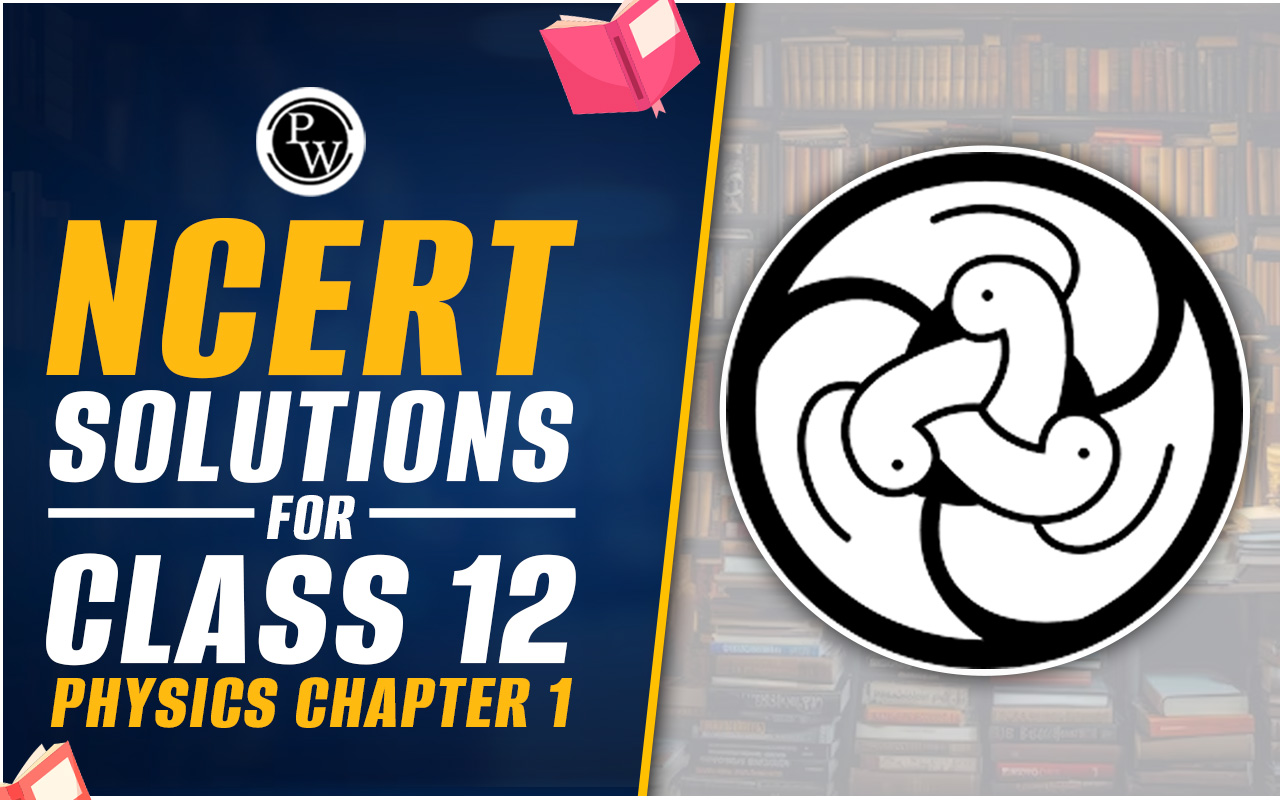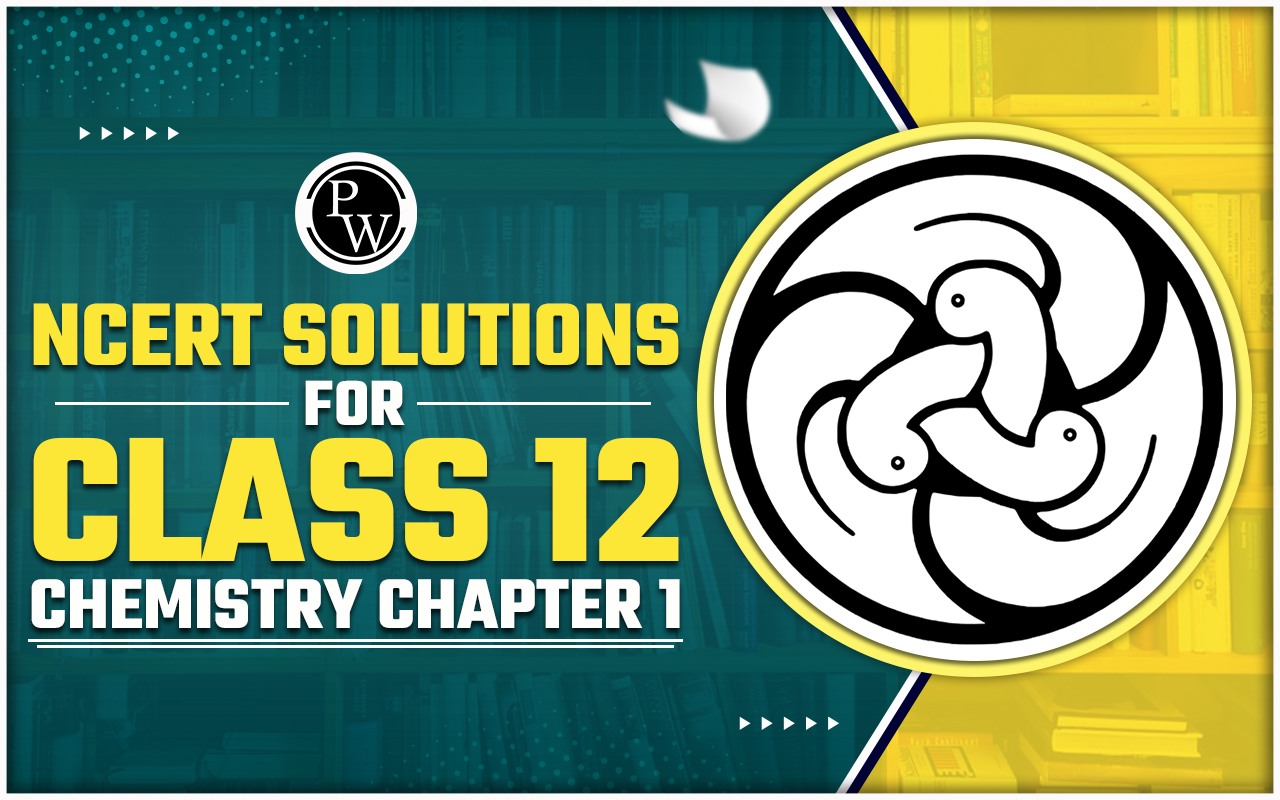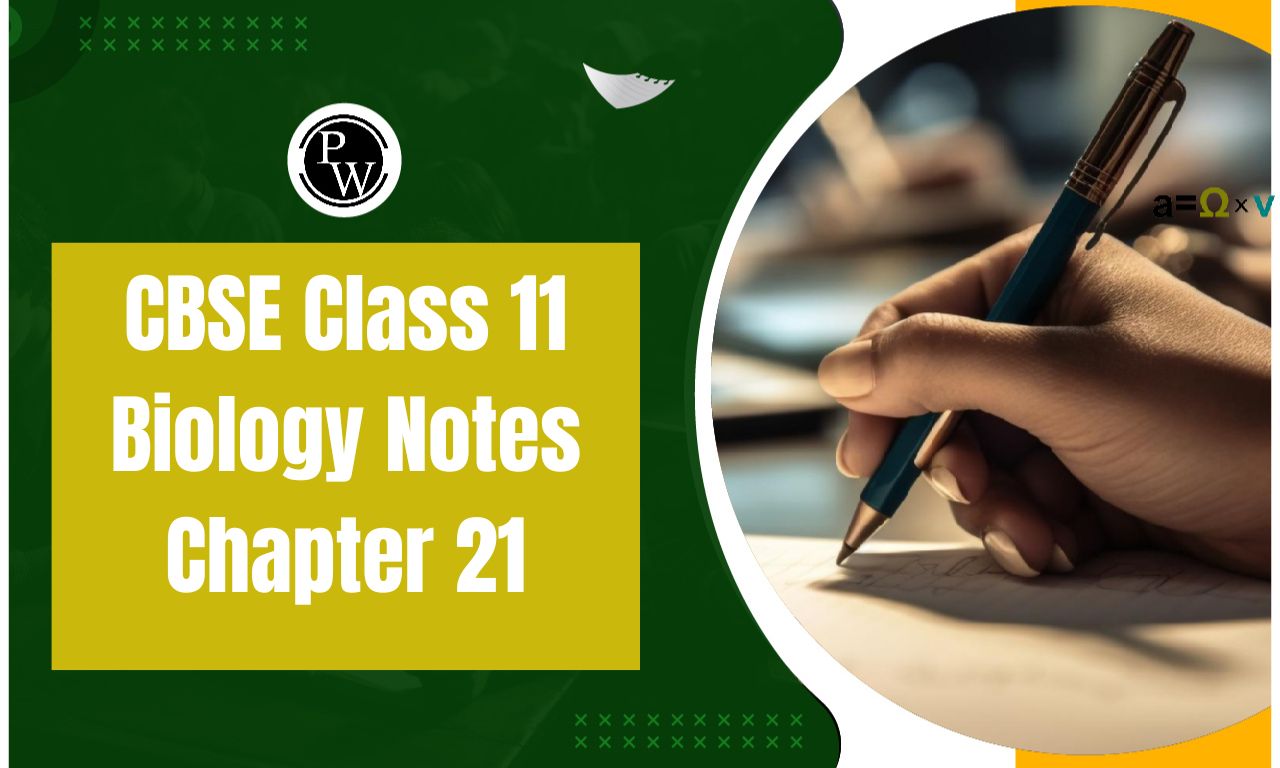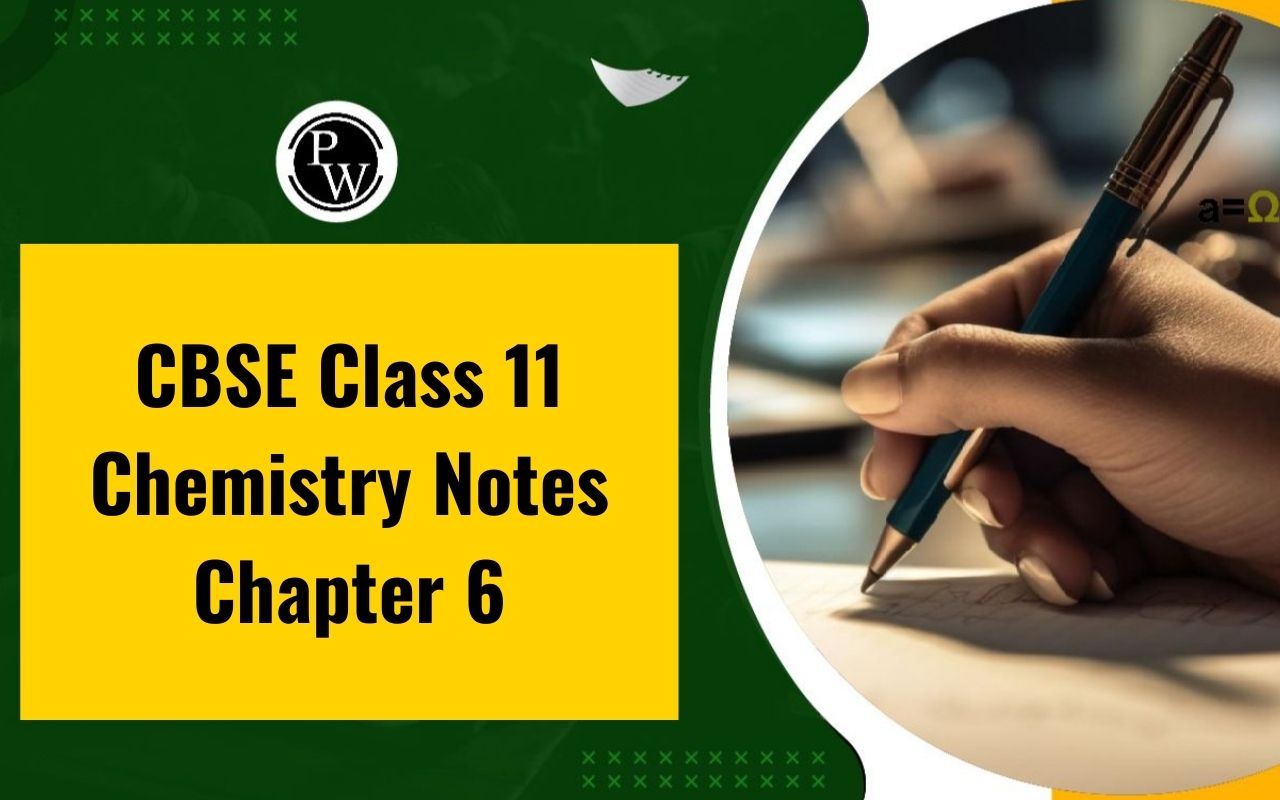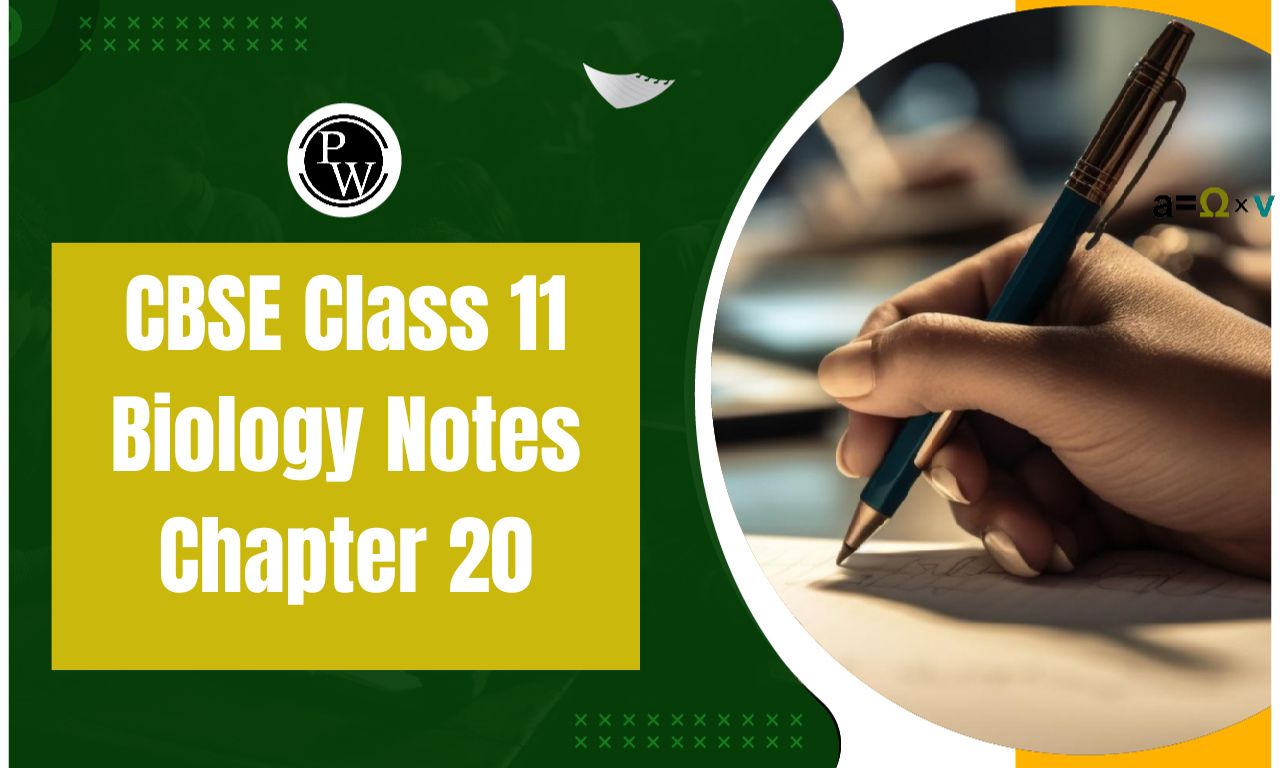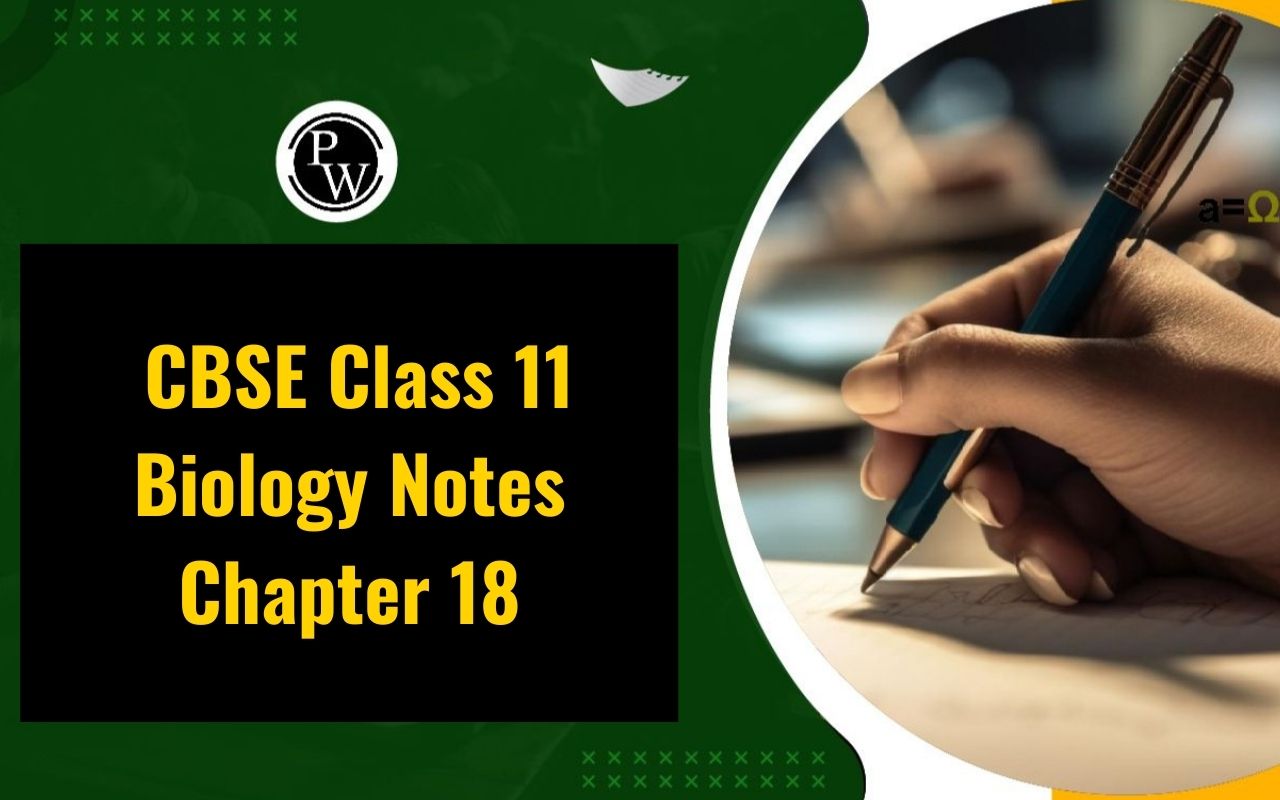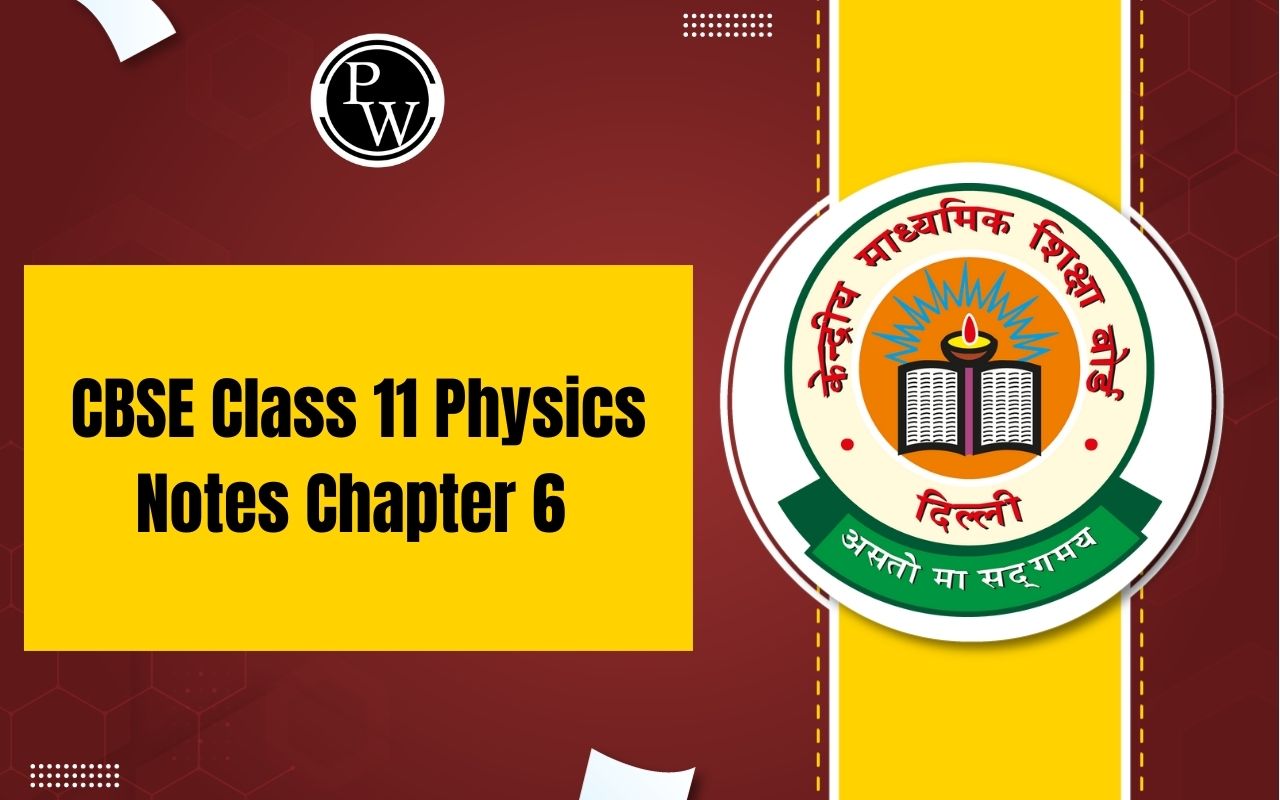
CBSE Class 11 Physics Notes Chapter 6 PDF
You can find the revision notes for Class 11 Physics Chapter 6 Work, Energy, and Power. These revision notes are prepared using the most recent NCERT syllabus. We frequently hear the terms "power," "energy," and "work." It is believed that a person carrying supplies, a farmer cultivating, and a student preparing for an exam are all engaged in their task. In Physics, work has a precise and defined meaning.CBSE Class 11 Physics Notes Chapter 6 PDF
CBSE Class 11 Physics Notes Chapter 6 Work, Energy and Power
The term "work" in physics refers to "mechanical work." When a body is genuinely moved a certain distance in the direction of an applied force, that force is said to have worked on the body. Nonetheless, in the event that the body is not moved in the direction of the applied force, no work is performed; that is, there is zero work done under such circumstances.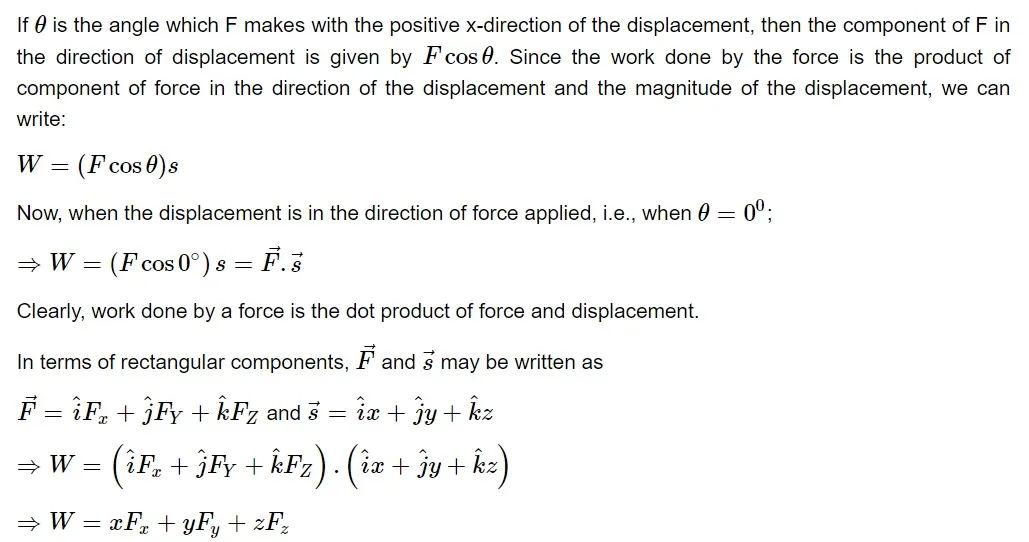
CBSE Class 11 Syllabus 2024-2025
Dimensions And Units of Work

Absolute Units
Joule: In the SI system of units, it is the absolute unit of work. When a force of one newton truly propels a body one metre in the direction of applied force, that work is referred to as one joule. Erg: In the CGS system of units, it is the absolute unit of work. When a force of one dyne really moves a body one centimetre in the direction of applied force, that movement is referred to as one erg of work.
Erg: In the CGS system of units, it is the absolute unit of work. When a force of one dyne really moves a body one centimetre in the direction of applied force, that movement is referred to as one erg of work.

Gravitational Units
These are sometimes referred to as workable units of work. The SI system of units uses the kilogram-meter (kg-m) as the gravitational unit of work. When a force of one kgf moves a body one metre in the direction of the applied force, the movement is referred to as one kg-m of work done. The gravitational unit of labour in the CGS system of units is the gram-centimeter (g-cm). One g-cm of work is completed when one gf of force is applied.
transports a body one centimetre in the direction of the applied force.
The gravitational unit of labour in the CGS system of units is the gram-centimeter (g-cm). One g-cm of work is completed when one gf of force is applied.
transports a body one centimetre in the direction of the applied force.

Nature Of Work Done

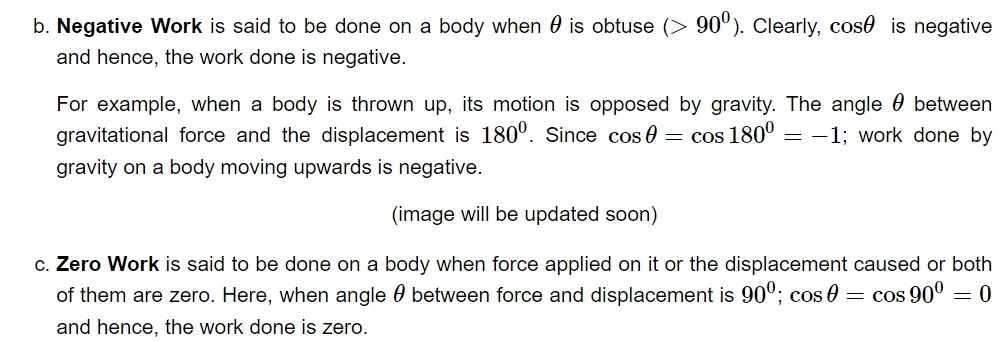 For instance, when we press firmly on a wall, there is no displacement, hence the force applied to the wall is ineffective. But while this is going on, our internal energy is being depleted as our muscles alternately contract and relax. That's the reason we do become fatigued.
For instance, when we press firmly on a wall, there is no displacement, hence the force applied to the wall is ineffective. But while this is going on, our internal energy is being depleted as our muscles alternately contract and relax. That's the reason we do become fatigued.
Work Done By A Variable Force
Graphical Method
It is uncommon to find a steady force. The force that is experienced more frequently is the variable force. Let's examine a force with a variable magnitude that acts in a fixed direction, such as the x-axis, in order to assess the work that the force does. The labour required to move the body from point A to point B while this variable force is at work must be calculated. In order to make things easier, we'll assume that the whole displacement from point A to point B consists of a lot of tiny displacements.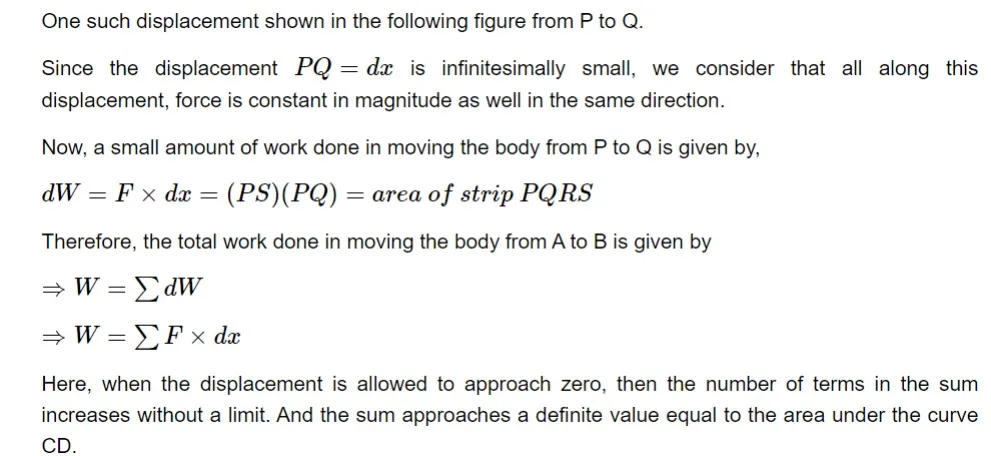
Mathematical Treatment (of work done by a variable force)


Conservative & Non Conservative Forces
Conservative Force
When the effort required to move a body is solely dependent on the starting and ending positions of the object, rather than the type of path taken between them, a force is said to be conservative. This implies that the effort required to move a body along any path between fixed initial and final positions would be the same for conservative forces, such as gravitational force. Properties of Conservative Forces The only factors that determine whether work is done in favour of or against a conservative force while moving a body are its starting and ending positions. Work performed in support of or opposition to a conservative force is independent of the route the body takes to move from one starting point to the other. When moving a body via a round trip (a closed path where the final position of the body matches with its initial position), the work done by or against a conservative force is always zero.Non-conservative Forces
When the effort required to move a body from one place to another, whether by the force or against it, depends on the path used to get there, the force is said to be non-conservative. Frictional forces, for example, are not conservative forces.Power
Power of a person or machine refers to the time rate at which work is done by it.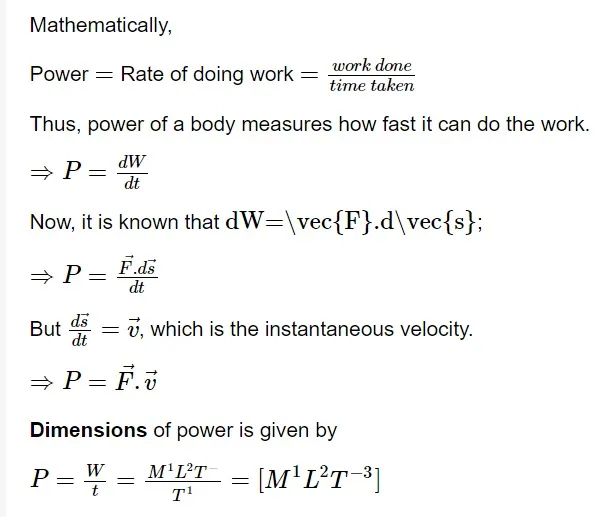
Units of Power

Kinetic Energy
The kinetic energy of a body refers to the energy possessed by the body by virtue of its motion. Here are some examples:- Because of its kinetic energy, a bullet fired from a gun can pass through a target.
- Utilising the kinetic energy of air, wind mills operate. For example, sailing ships make advantage of wind energy.
- Water's kinetic energy is used in water mills. For example, maize is ground using swift-moving streams.
- When a hammer strikes a nail, its kinetic energy drives the nail into a wooden block.
Potential Energy
The energy that a body possesses as a result of its configuration or position in a field is referred to as its potential energy. Therefore, the energy that can be linked to the configuration (or arrangement) of a system of objects that apply forces to one another is known as potential energy. It goes without saying that a system's potential energy will alter if its configuration does.Two important types of potential energy are:
-
Gravitational potential energy
-
Elastic potential energy.
Benefits of CBSE Class 11 Physics Notes Chapter 6
- The purpose of the carefully selected revision notes is to assist students in rapidly identifying key ideas from Work, Energy, and Power.
- Every idea is clarified in great detail.
- Because revision notes are written by subject matter experts in accordance with the curriculum, they are lucid and simple to understand.
- The development of solid conceptual foundations is aided by these revision notes on work, energy, and power, which is crucial for students as they near the end of their board and competitive test preparation.
- You can get a free download of these Important Questions in PDF format.
CBSE Class 11 Physics Notes Chapter 6 FAQs
What is the important topic of class 11 Physics chapter 6?
The chapter contains interesting topics such as the work-energy theorem, kinetic energy, potential energy, energy conservation, power, collisions, and so on.
What is chapter 6 of Physics class 11?
Class 11 Physics Chapter 6 Work, Energy and Power
Why is 11th Physics so tough?
The Class 11 Physics syllabus is tough. It's filled with complex concepts, tricky formulas, and problems that could challenge even Einstein. From waves and optics to magnetism and electricity, it's a diverse and demanding journey
🔥 Trending Blogs
Talk to a counsellorHave doubts? Our support team will be happy to assist you!

Check out these Related Articles
Free Learning Resources
PW Books
Notes (Class 10-12)
PW Study Materials
Notes (Class 6-9)
Ncert Solutions
Govt Exams
Class 6th to 12th Online Courses
Govt Job Exams Courses
UPSC Coaching
Defence Exam Coaching
Gate Exam Coaching
Other Exams
Know about Physics Wallah
Physics Wallah is an Indian edtech platform that provides accessible & comprehensive learning experiences to students from Class 6th to postgraduate level. We also provide extensive NCERT solutions, sample paper, NEET, JEE Mains, BITSAT previous year papers & more such resources to students. Physics Wallah also caters to over 3.5 million registered students and over 78 lakh+ Youtube subscribers with 4.8 rating on its app.
We Stand Out because
We provide students with intensive courses with India’s qualified & experienced faculties & mentors. PW strives to make the learning experience comprehensive and accessible for students of all sections of society. We believe in empowering every single student who couldn't dream of a good career in engineering and medical field earlier.
Our Key Focus Areas
Physics Wallah's main focus is to make the learning experience as economical as possible for all students. With our affordable courses like Lakshya, Udaan and Arjuna and many others, we have been able to provide a platform for lakhs of aspirants. From providing Chemistry, Maths, Physics formula to giving e-books of eminent authors like RD Sharma, RS Aggarwal and Lakhmir Singh, PW focuses on every single student's need for preparation.
What Makes Us Different
Physics Wallah strives to develop a comprehensive pedagogical structure for students, where they get a state-of-the-art learning experience with study material and resources. Apart from catering students preparing for JEE Mains and NEET, PW also provides study material for each state board like Uttar Pradesh, Bihar, and others
Copyright © 2025 Physicswallah Limited All rights reserved.
